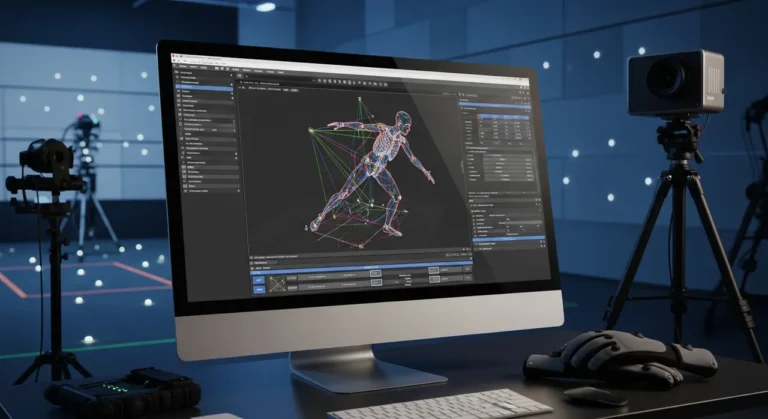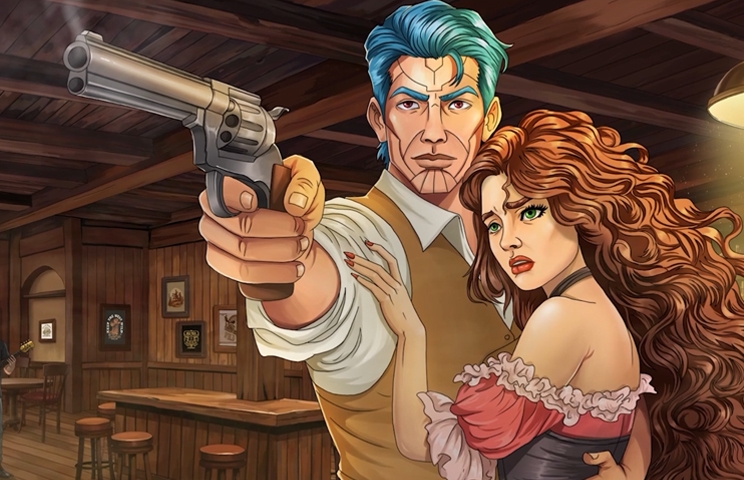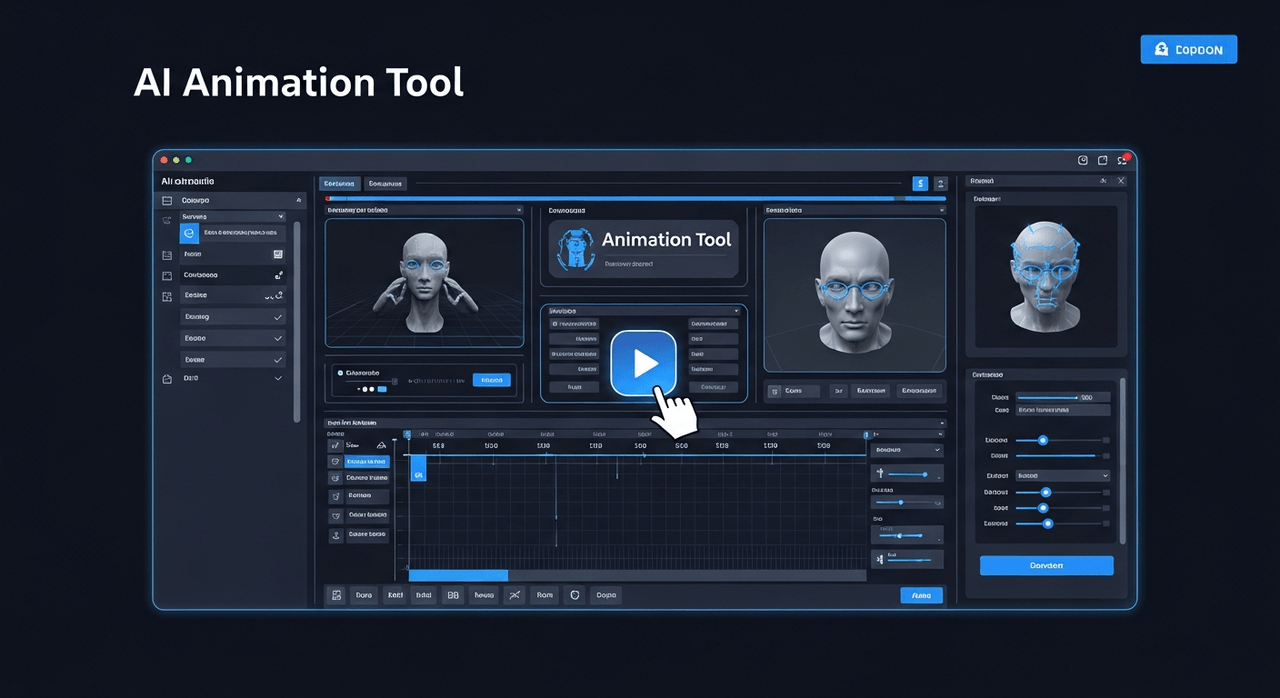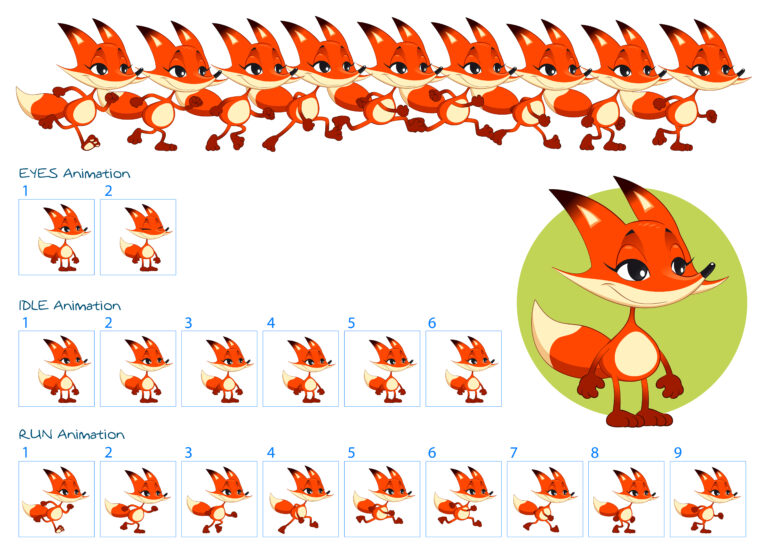The role of an animation director is highly sought after, as it sits at the intersection of artistic vision and complex technical execution. In this guide, we will systematically walk you through the journey, detailing the education, skills, and industry experience required to command a team and lead major animated projects in any respected animation studio.
Let’s explore the responsibilities, necessary expertise, and future trends that define this challenging yet rewarding career path in the rapidly evolving world of animation.

Need Animation Services?
Visit our Animation Service page to see how we can help bring your ideas to life!
What Is an Animation Director?
An Animation Director serves as the primary creative authority, overseeing the visual narrative and the quality of movement in an animated production. They provide direction to the animator team to successfully realize the desired visual storytelling style, mood, and execution for every sequence.
Whether they are involved with feature-length films, video games (game development), or advertisements, the director ensures that every element aligns with the project’s artistic vision.
They work closely with producers, art directors, and technical supervisors to harmonize creative concepts with practical production goals. A foundational grasp of both the artistic and technical facets of animation is vital for this position.
What Does an Animation Director Do?
The Animation Director serves as the critical link between artistic vision and production execution. Their responsibilities encompass planning animation sequences, approving storyboard art, supervising animator workflow, and ensuring that the timing, acting, and visual continuity meet the project’s creative direction.
They also assess test animations, provide crucial feedback, and coordinate with departments like modeling, rigging, and lighting.
Within game development, they collaborate with designers to synchronize animation with core gameplay mechanics.
The position demands continuous communication and strong leadership to maintain artistic consistency throughout the production pipeline. Let’s now outline the necessary steps to cultivate this level of expertise.
How to Become an Animation Director?
The following five steps outline a schematic path to becoming qualified to work as an animation director:
Earn a Bachelor’s Degree in Animation or Related Field
The majority of Animation Directors begin their careers with structured education in animation, fine arts, computer graphics, or film. A bachelor’s degree provides exposure to fundamental concepts such as character design, narrative construction, principles of motion, and 3D animation software like Maya, Blender, or Toon Boom Harmony.
This academic period also helps establish initial professional connections that are essential in the industry. The core goal is to merge technical proficiency with a thorough understanding of visual storytelling in game art, which is the indispensable basis of any Animation Director’s career.
Hone Your Skills Through Internships and Mentorships
Gaining practical experience through studio internships or production company apprenticeships helps aspiring directors understand operational workflows, animation production pipelines, and deadlines.
Guidance (creative direction) from experienced animators or directors can offer valuable insights into team management, professional communication, and on-the-job problem-solving. These early career experiences often evolve into long-term opportunities and establish professional credibility.
Master Different Animation Styles and Pipelines
To distinguish yourself, learn diverse animation methodologies, from 2D frame-by-frame animation to 3D techniques, stop-motion, and hybrid approaches. Each medium requires distinct principles of timing and expression.
Familiarity with modern production pipelines and software integration (such as Unreal Engine or Unity for Real-Time Rendering) significantly enhances versatility and leadership potential. The more adaptable your style, the better you can guide diverse teams of animators.
Understand Business, Marketing, and Studio Dynamics
An Animation Director is not solely an artist; they are also a strategic professional. Understanding budget constraints, production timelines, and how animated content supports marketing or narrative objectives provides directors with a comprehensive perspective.
Business acumen enables better communication with producers and stakeholders, effectively balancing creative direction with production efficiency.
Build a Strong and Diverse Portfolio
A compelling portfolio that exhibits a variety of animation work, including short films, character animation tests, or motion experiments, is absolutely essential.
Employers are looking for narrative depth, emotional execution, and a coherent visual style. Include process breakdowns to highlight leadership and problem-solving abilities, not just final outputs (Demo Reel). A high-quality demo reel can be the gateway to directing opportunities.
What Are the Essential Skills for an Animation Director?
An Animation Director must successfully integrate artistic vision, leadership, and technical know-how.
Core competencies include translating stories visually, mastering timing and rhythm, understanding acting principles for character animation, and excellent communication.
They must also be proficient in software workflows (e.g., After Effects, Autodesk Maya, and Blender) and have prior experience in creative direction.
Soft skills such as empathy, team management, and flexibility are equally vital. Today’s most successful directors are both imaginative storytellers and effective project coordinators.
To succeed in this position, you should also think about developing your:
- Storytelling
- Observation of details
- Time management
- Collaboration
- Critical thinking
- Creativity
How Are the Typical Work Environment and Career Path?
Animation Directors work across various environments, from major organizations like Pixar, DreamWorks, and Riot Games to smaller independent studios and remote freelance projects.
They usually begin their career as animators or layout artists before advancing to lead animator roles, and then finally to director.
The role demands extensive collaboration hours and frequent, detailed feedback sessions. Most directors lead multidisciplinary teams, guaranteeing that every department adheres to the overarching creative goal.
Career advancement is dependent on the quality of their leadership, consistency in their work, and professional networking within the animation industry trends.
What Are the Trends Shaping the Future of Animation Direction?
The future of Animation Director roles is being rapidly redefined by technological advancements and shifting media consumption habits. Let’s review what trends are driving the future of this role:
Increasing Demand for Technical Expertise
Contemporary animation directors must possess knowledge of real-time rendering, motion capture, and AI-assisted animation.
As production pipelines become increasingly intricate, directors who understand technical tools like Unreal Engine 5 and Houdini can make quicker creative decisions, gaining an edge in visual innovation.
Rising Focus on User Experience (UX) in Animated Content
In interactive formats, such as games and virtual reality, directors are now responsible for emotional pacing and user immersion. Animation must be responsive and intuitive, directly linking movement with interactivity.
This increasing emphasis on User Experience (UX) makes collaboration with game designers and game narrative design teams indispensable for game development.
Closer Collaboration Between Design, Art, and Development Teams
Animation is no longer a segregated discipline, distinct from design or coding. Directors increasingly partner with UI/UX designers, environment artists, and software developers to ensure cohesive visual storytelling across both visual and interactive components.
This unified approach delivers richer, more consistent experiences and successful transmedia storytelling across all digital platforms.
Final Words
Becoming a top-tier animation director requires more than just artistic talent; it demands perseverance, exceptional leadership, and continuous learning.
Master your chosen craft, remain current on evolving technology (animation industry trends), and cultivate the ability to inspire others creatively. The most accomplished directors blend technical command with storytelling instinct, guiding their teams to construct emotionally compelling, visually spectacular worlds.
Your journey starts with education, experimentation, and the formation of professional relationships, one storyboard and one frame at a time!
FAQs
Do you need a degree to become an animation director?
Not always. A degree helps with connections & structure, but portfolio & experience often matter more.
What software/tools should an animation director know?
Familiarity with 2D/3D animation tools (Maya, Blender, Toon Boom etc.), storyboarding & editing tools.
What is the typical career path?
Animator → Senior Animator / Story Artist → Supervising Roles → Animation Director.
How much does an animation director earn?
Varies by region, studio size, & experience. In U.S., often high six-figures; elsewhere less.
What are the biggest challenges in this role?
Managing teams, meeting deadlines, staying true to vision under constraints like budget & client feedback.
How long does it take to become one?
Depends. Some may reach it in 5-10 years with strong work, others longer; there’s no fixed timeline.
What types of projects do animation directors work on?
Feature films, TV series, commercials, video games, shorts, corporate/educational animations.
How large is the animation team under a director?
Can range from a few animators in small indie projects to hundreds in big studio productions.
Does an animation director need to draw?
Drawing helps a lot (for storyboards, visual direction), but some rely more on vision, communication & collaboration.
How do you handle feedback & revisions?
Set regular review stages, clear communication, iterative changes & balancing creative vision with practicality.
What artistic responsibility does a director have?
Visual style, character design, lighting, color, mood/tone, pacing & how the story emotionally connects.
Can someone switch into directing from a non-animation background?
Yes. If they build relevant skills, understand the animation process, storytelling, and earn credibility through work.









